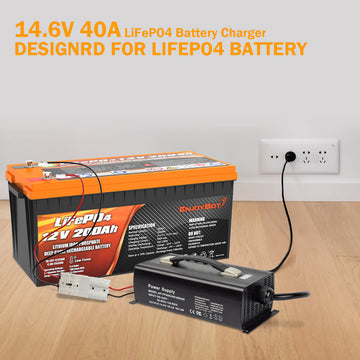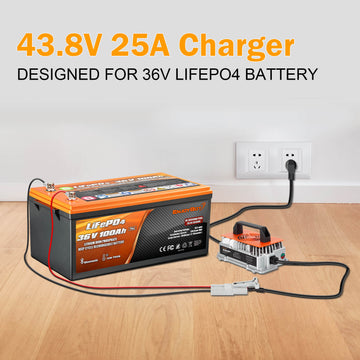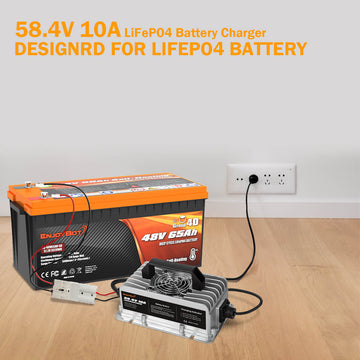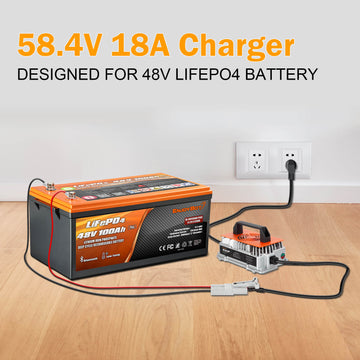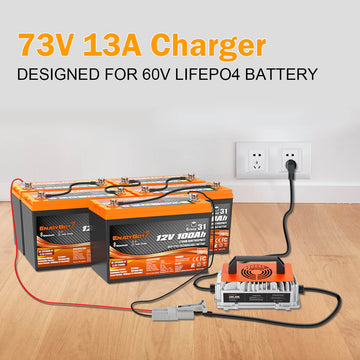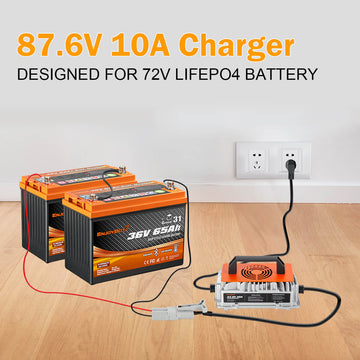The global race for household energy storage is heating up

Under the general trend of accelerated development of the whole energy storage industry, household energy storage has also become one of the tracks being hotly contested. It is expected that the household energy storage industry volume can reach about $7.5 billion in 2025.
The industry believes that high electricity prices and cost reductions for optical storage systems are important drivers for households to use energy storage and achieve affordability. Significant increases in residential electricity prices in Europe by 2022, high energy price volatility, and European energy security concerns further exacerbated by the Russia-Ukraine conflict, Consequently, domestic demand for energy storage in households are further expanded.

It is reported that some of the enterprises' energy storage orders are already scheduled for next year. With such high demand, and with the continued decline in the cost of user-side energy storage, as well as the continued rise in electricity prices in major regions such as Europe and the widening of time-of-use spreads, the household PV & energy storage has entered the era of parity, and the economics are gradually emerging. With subsidies/tax credits catalyzing the market and FIT contracts expiring one after another, the household energy storage market has become a development trend.
This is confirmed by data from the German BVES report, which shows that by the end of 2021, 430,000 units of residential energy storage had been sold in Germany, an increase of 145,000 units or 45% year-on-year. Demand for household energy storage has accelerated further recently due to the impact of the Russian-Ukrainian conflict on energy prices. Germany is expected to add 270,000 units of residential energy storage in 2022, a year-on-year increase of 86%.

High electricity prices accelerated household energy storage demand
Currently, household energy storage is mainly concentrated in countries or regions with high electricity prices and weak grid facilities. According to relevant data, Germany, the United States, Japan and Australia have the highest combined share of household energy storage, and in September 2021, the average residential electricity prices in Germany, Japan and Australia were among the highest in the world, while the United States, where household energy storage is well developed, such as Hawaii and California, also face high residential electricity prices. In addition, in countries and regions such as South Africa, where the local grid is relatively weak or under threat of natural disasters, there is an urgent need for relatively wealthy households to deploy residential energy storage to improve the reliability of their electricity supply.
According to a research institute, the new installed capacity in 2025 will reach 28 GWh. A complete household energy storage system including battery system, battery charger, inverter, components and other costs, estimated at an average annual cost reduction of 10% of the energy storage system, it is expected that the volume of the household energy storage industry in 2025 can reach about $7.5 billion.


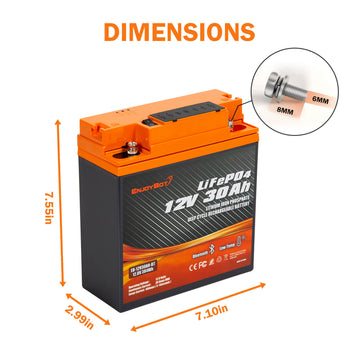

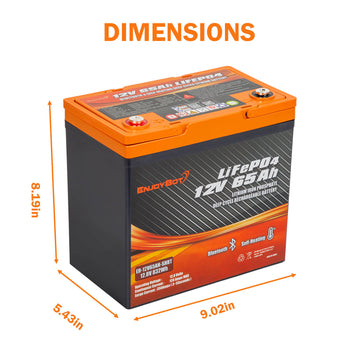

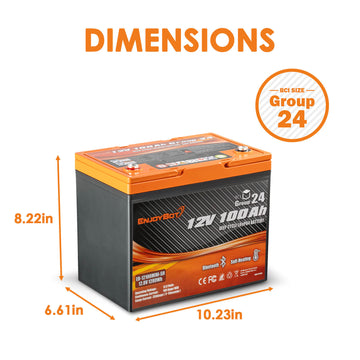

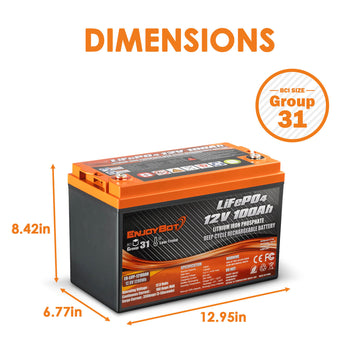

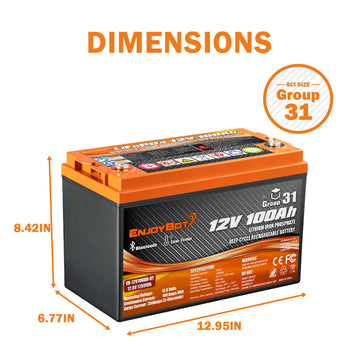

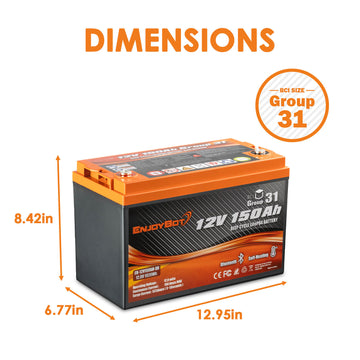

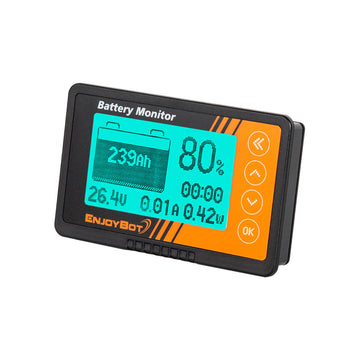
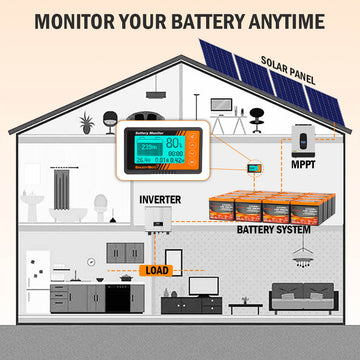
![[Upgraded Version] Enjoybot 14.6V 20A Waterproof Mountable LiFePO4 Lithium Battery Charger For 12V LiFePO4 Battery](http://enjoybotbattery.myshopify.com/cdn/shop/files/14.6V_20A_Waterproof_Battery_Charger_1_360x.jpg?v=1752565609)
![[Upgraded Version] Enjoybot 14.6V 20A Waterproof Mountable LiFePO4 Lithium Battery Charger For 12V LiFePO4 Battery](http://enjoybotbattery.myshopify.com/cdn/shop/files/14.6V_20A_Waterproof_Battery_Charger_2_360x.jpg?v=1752637374)

